Browse Our Books
You can browse our books easily with any of the following filters, hover over the filters or their titles to see their descriptions.
Reading Level
Categories
Or you can use quick search or switch to advanced search for better results...
Search Results (Found 7446 results)
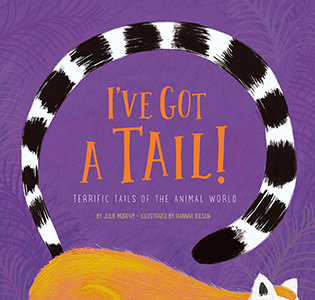
I've Got a Tail!: Terrific Tails of the Animal World
From dolphins with tails that spin to a viper whose tail looks like a spider, animals from around the world describe how their tails help them survive. Covering adaptations to desert, ocean, forest, and artic habitats, this narrative nonfiction picture book highlights the diversity of the animal world.
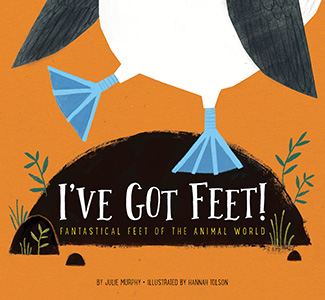
I've Got Feet!: Fantastical Feet of the Animal World
A cheetah has fast feet that run. A gecko has sticky feet that climb. What do your feet do? Animals from around the world describe their feet and how they use them in this fun illustrated nonfiction book. Facts bout how an animal's feet are key adaptations to their survival supplement the descriptive narration. Young readers will love to compare their feet to those in the animal kingdom.
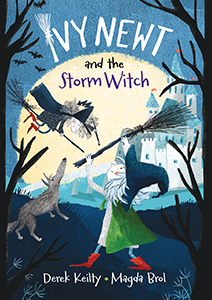
Ivy Newt in Miracula 
Ivy Newt, a young witch, and her shape-shifting friend, Tom, find themselves caught up in perilous adventures, but they always end up making friends, helping others, and defeating bullies. The fast-paced plot gallops along with lots of twists and turns, danger, and humor. These books are perfectly pitched for new readers or for reading with children who want more than a picture book but aren't yet ready for more lengthy chapter books.
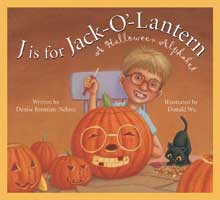
J is for Jack-O'-Lantern: a Halloween Alphabet
Who lit the first jack-o'-lantern? What creature of the night must return to his grave by dawn? And why do we holler "Trick or treat"? J is for Jack-O'-Lantern: A Halloween Alphabet invites you to come along on this A-Z adventure and celebration of all things that "go bump in the night.
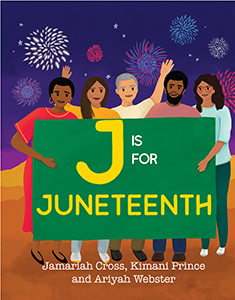
J Is for Juneteenth 
J is for Justice. U is for Union Army. J Is for Juneteenth was written by three young writers as part of a collaborative youth writing competition hosted by Planting People Growing Justice Leadership Institute. By spelling out the word ""Juneteenth,"" the authors lead young readers through a joyful and thoughtful celebration of the history of this important holiday.
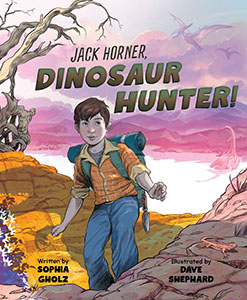
Jack Horner: Dinosaur Hunter
When Jack Horner was a child, nothing fascinated him more than fossils. Dinosaur fossils to be exact. He hunted for them at every chance he got and dreamed of being a great paleontologist. But school was hard, reading was even harder, and he struggled to succeed like the other kids in his classes. Jack persevered, finding his own way to success, until he became one of the world's most famous paleontologist, immortalized in Hollywood movies and known as Jack Horner: Dinosaur Hunter!

Jack the Runaway Terrier
Small dog . . . Big adventure ÌWhen the wind blows and the door opens wide, He seizes the moment and scampers outside.Ê A tale of adventure, love, and redemption about a mischievous dog who bites off more than he can chew.
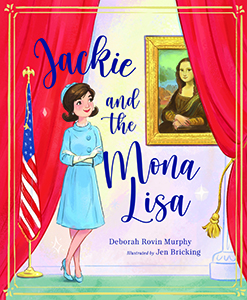
Jackie and the Mona Lisa
Jackie Kennedy loved the arts. And America loved Jackie Kennedy. The first lady knew she had the country's attention--what would she do with it? Encourage Americans to appreciate art, of course! She turned the White House into a historical site filled with some of America's most treasured artifacts and pieces of art. She brought Shakespearean theater to the White House and ballerinas to the South Lawn. And most epically, she brought the Mona Lisa to the states (much to the chagrin of many Parisians) to encourage Americans to visit museums--and it worked! An inspiring story about one of the nation's most influential first ladies.
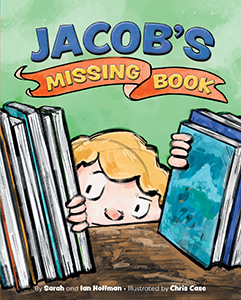
Jacob's Missing Book 
JacobCthe star of one of the most banned books of the decadeCis back in Jacob's Missing Book, a kid-friendly story about book banning, censorship, and LGBTQ+ rights. Noah is confused about Emily's family, so he asks her_who's Pop and who's Dad? Jacob knows just how to explain, but how can he? The penguin book isn't in the library anymore! As the day goes on, everyone is still talking about the mysterious missing book. Ms. Reeves tries to explain why the book is no longer in the library and what all the fuss is about. In the meantime, Jacob hatches a plan to tell the story about Emily's family.
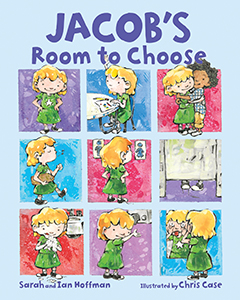
Jacob's Room to Choose 
Jacob, the beloved character who made national headlines by wearing a dress to school, is back in an encouraging story about gender expression. When Jacob goes to the boys' bathroom, he is chased out because the boys think he looks like a girl because of the way he is dressed. His classmate, Sophie, has a similar experience when she tries to go to the girls' bathroom. When their teacher finds out what happened, Jacob and Sophie, with the support of administration, lead change at their school as everyone discovers the many forms of gender expression and how to treat each other with respect.